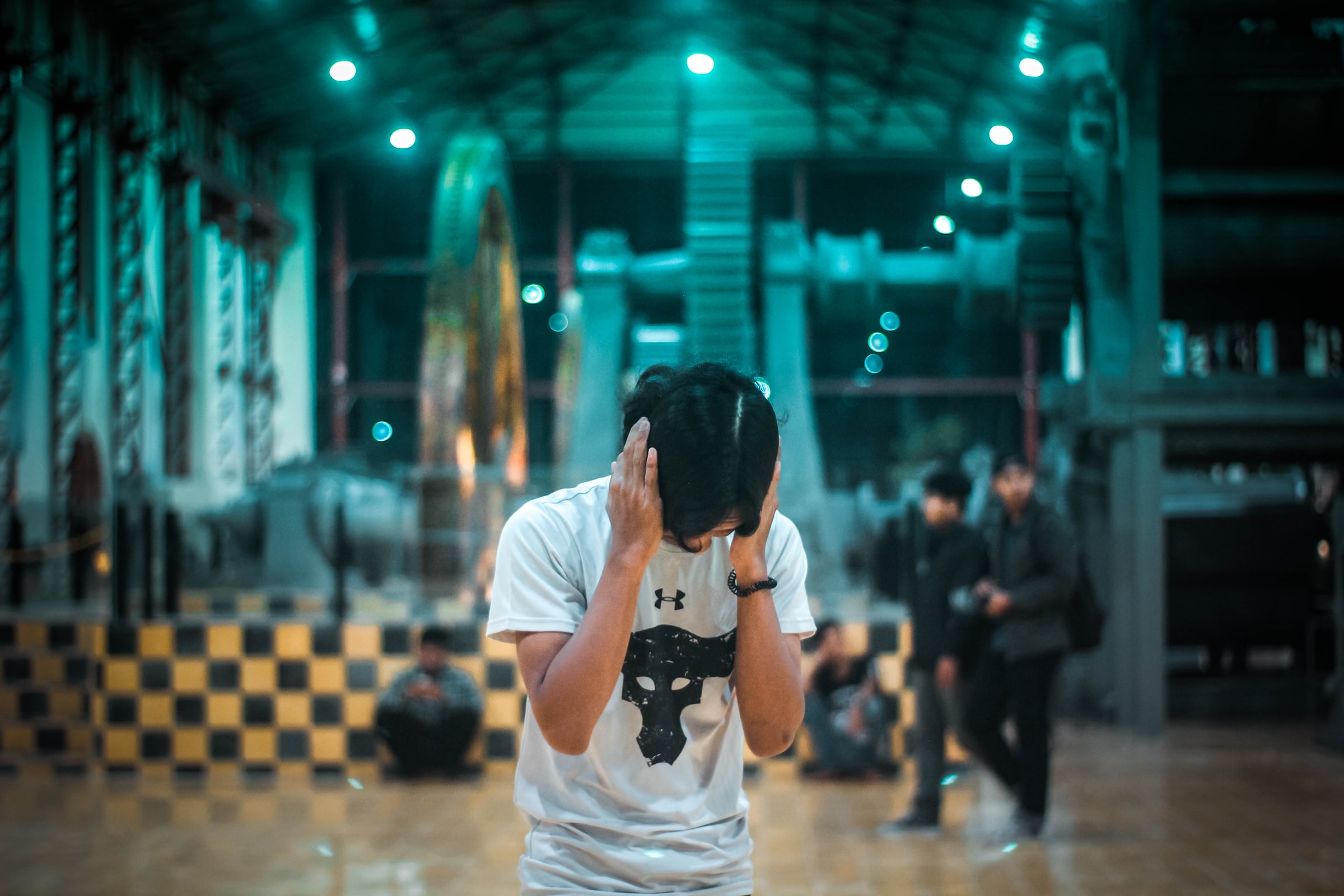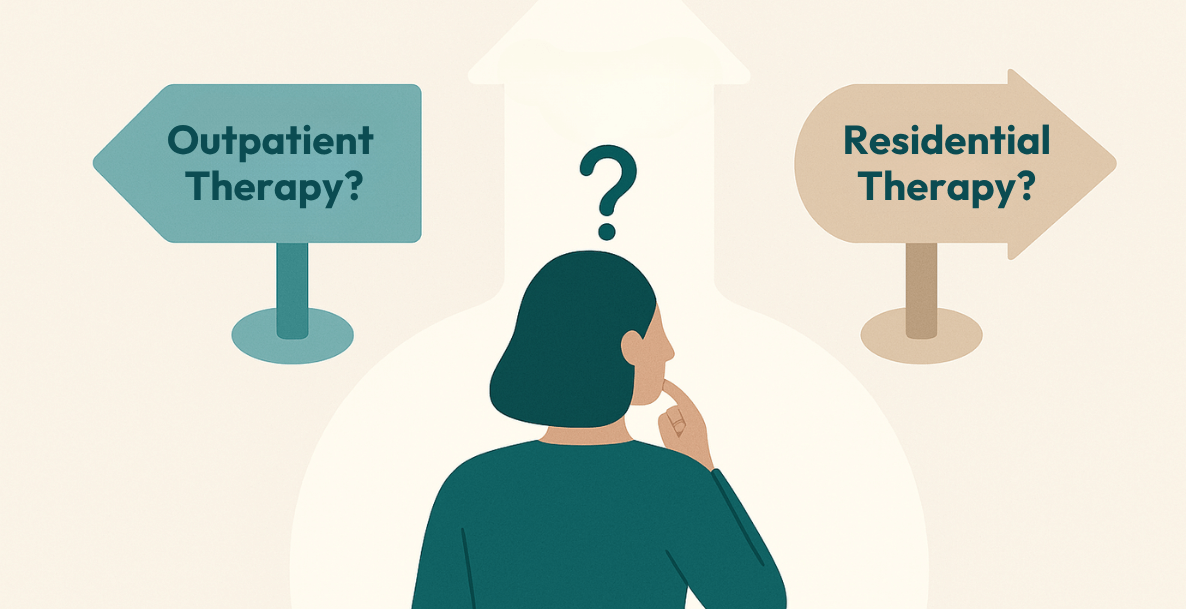Cybertrauma is a relatively new type of trauma. There is still much research needed on the topic, such as how to treat and prevent it. Cybertrauma refers to the trauma one experiences through bullying, stalking, or exposure to graphic content, including unsolicited sexual images, through the internet. While anyone can experince cybertrauma, children are at a higher risk.
Many children today have immediate access to internet-connected devices. A large number of those can access the internet without their parent’s supervision. Children are still developing, so their experiences influence how they relate to the world around them.
If a child suffers from cyber trauma, they may develop trauma-related symptoms, such as PTSD, depression, anxiety, low self-esteem, and suicidality. The impact of cyber trauma is no different to that of non-cyber trauma. All types of trauma have a lasting, damaging impact on a person’s health and well-being.
Catherine Knibbs is a trained psychotherapist in the UK who has been pioneering research in this new area. According to Knibbs, cyber trauma is any trauma that occurs through interaction with cyberspace through any electronic device connected to the internet.
It may not surprise you that the internet is awash with content that is inappropriate for children. There is a vast amount of content on the internet that even adults would find distressing. Exposure to such content, including pornographic images and videos, extreme violence, or dark, frightening content, can leave a lasting imprint on a child’s psyche.
When children have unfiltered access to the internet, they are likely to stumble across, or even search for, this type of content. Doing so can lead them down a rabbit hole of age-inappropriate content that influences how they feel and see the world. Since children are easily influenced, they are likely to tell their friends about the content they have found and may share it with them.
The interaction Knibbs speaks about does not have to be self-directed. It can be imposed. Some children sit with their phone and get sent messages from others. Cyberbullying can be perpetrated by someone the child knows, such as their classmates, or someone unknown to them.
Cyberbullying is a potentially traumatic event that falls under the category of cybertrauma. Cyberbullying refers to bullying that takes place through social media sites and any other internet messaging platform.
Cyberbullying can be just as damaging as physical, in-person bullying. The fact that it exists online does not make it any less of an issue. Children and young adults have been known to engage in self-harm and suicide attempts, sometimes successfully, following a period of victimisation through cyberbullying.
Child victims of cyberbullying are likely to feel distressed, hurt, embarrassed, and may fear for their safety. Many come to blame themselves for cyberbullying.1
Cyberbullying often looks like humiliating, nasty messages and social media posts. This type of bullying is witnessed by many, which may cause further distress, embarrassment, and humiliation to the child.
Cyberbullying can leave children feeling alienated and isolated in school settings.2 When children are in school, the social connection they have with peers is crucial for their development. If a child is a victim of cyberbullying, they may withdraw from their friends or feel excluded, impacting their development. A lack of strong social support in the form of school friends can lead to further bullying. It also leads to feelings of isolation which can jeopardise a child’s mental and behavioural health.
Some of the most common mental health effects of cyberbullying seen in children include:
-
Depression
-
Anxiety
-
Low self-esteem3
-
Poor body image
-
Decline in academic performance due to bullying-related stress4
-
Suicidal thoughts5
Research has found that cyberbullying increases the risk of depression in children. One study reports that a staggering 93 percent of cyberbullying victims experience feelings of sadness, hopelessness, and powerlessness.6
Further research reports that cyberbullying increases the risk of suicide. Children who are regularly bullied and tormented by peers through text, social media messages, and posts, soon feel hopeless and may believe that ending their life is the only means of escape.7
Behavioural health effects of cyberbullying often seen in children include:
-
Drug or alcohol use
-
Absence from school
-
Carrying a weapon
-
Self-harm or suicide attempts8
The behavioural health effects of cyberbullying can have drastic consequences. Many victims of cyberbullying may skip school, particularly if classmates perpetrate the bullying. Although bullying of any kind can be traumatic and make a child reluctant to go to school, cyberbullying can have a significant impact because the content posted online remains there for others to see at any time unless deleted. This takes the bullying outside of a small group – such as classmates – and broadens to almost everyone who the child is connected with on social media.
Some children resort to carrying weapons to school to threaten or get revenge on those who have been bullying them. One study found that victims of cyberbullying were up to eight times more likely to bring a weapon to school than their peers.9
Exposure to Graphic Content
Several video-based web chat sites, including Omegle and Chatroulette, can be sources of trauma for children. When children have access to these sites, they have access to chatrooms connecting them with strangers all over the world. Some users of these sites use them for sexual reasons. A child using these sites may be exposed to stranger sharing sexual images or videos and engaging in sexual acts. Further, children may be easily contacted by sexual predators who may be influential and persuasive enough to gain their personal information.
If children witness harmful or violent behaviour, they are also at risk of recreating what they saw. This can lead to dangerous interactions with other children, where a child may become physically or psychologically harmed.
The Power of Cybertrauma
Cybertrauma could be harassment, trolling, revenge porn – there are a lot of examples. There is no expiry date on cybertrauma, says Knibbs.10 Her investigation into cyberbullying stemmed from her own experience. Speaking to Sarah Niblock of UKCP11, Knibbs explained that having joined Facebook and added several school friends, one day, a picture of her and her classmates from back in her school days was posted online.
Knibbs had been in an accident and, as a result, had to wear braces. The image brought her back to her school days and the memories she had of being bullied. The experience made her panic, delete the photo, and remove friends from her Facebook account.
‘We are not as prepared as would be in the real (corporeal) world to deal with what we encounter – that might be text, video, sound. We are using technology, and our body tells us that we are in a fairly safe space, so the way that [cyber]trauma affects us is very different to the way we would experience in everyday life’, explains Knibbs.12
In the physical world, the brain and body are on the lookout for danger. If we experience a danger cue, our bodies anticipate a threat and enter the fight/flight response as a means of protecting us from that threat. In the online world, there is less anticipation of threat. As such, we are less prepared to deal with potentially traumatic events. Further, the prevalence of technology and internet access in homes means that we might come to feel unsafe and under threat even in the safety and comfort of our own homes.
1 Nixon, Charisse. “Current Perspectives: The Impact Of Cyberbullying On Adolescent Health”. Adolescent Health, Medicine And Therapeutics, 2014, p. 143. Informa UK Limited, doi:10.2147/ahmt.s36456. Accessed 20 Apr 2021.
2 Ibid
3 Extremera, Natalio et al. “Cyberbullying Victimization, Self-Esteem And Suicidal Ideation In Adolescence: Does Emotional Intelligence Play A Buffering Role?”. Frontiers In Psychology, vol 9, 2018. Frontiers Media SA, doi:10.3389/fpsyg.2018.00367. Accessed 20 Apr 2021.
4 Vaillancourt, Tracy et al. “Cyberbullying In Children And Youth: Implications For Health And Clinical Practice”. The Canadian Journal Of Psychiatry, vol 62, no. 6, 2016, pp. 368-373. SAGE Publications, doi:10.1177/0706743716684791. Accessed 20 Apr 2021.
5 Alavi, Nazanin et al. “Relationship between Bullying and Suicidal Behaviour in Youth presenting to the Emergency Department.” Journal of the Canadian Academy of Child and Adolescent Psychiatry = Journal de l’Academie canadienne de psychiatrie de l’enfant et de l’adolescent vol. 26,2 (2017): 70-77.
6 Nixon, Charisse. “Current Perspectives: The Impact Of Cyberbullying On Adolescent Health”. Adolescent Health, Medicine And Therapeutics, 2014, p. 143. Informa UK Limited, doi:10.2147/ahmt.s36456. Accessed 20 Apr 2021.
7 Alavi, Nazanin et al. “Relationship between Bullying and Suicidal Behaviour in Youth presenting to the Emergency Department.” Journal of the Canadian Academy of Child and Adolescent Psychiatry = Journal de l’Academie canadienne de psychiatrie de l’enfant et de l’adolescent vol. 26,2 (2017): 70-77.
8 Karanikola, Maria N. K. et al. “The Association Between Deliberate Self-Harm And School Bullying Victimization And The Mediating Effect Of Depressive Symptoms And Self-Stigma: A Systematic Review”. Biomed Research International, vol 2018, 2018, pp. 1-36. Hindawi Limited, doi:10.1155/2018/4745791. Accessed 20 Apr 2021.
9 Ybarra, Michele L. et al. “Examining The Overlap In Internet Harassment And School Bullying: Implications For School Intervention”. Journal Of Adolescent Health, vol 41, no. 6, 2007, pp. S42-S50. Elsevier BV, doi:10.1016/j.jadohealth.2007.09.004. Accessed 20 Apr 2021.
10 “CyberTrauma Does Not Have An Expiry Date! – Catherine Knibbs.” Youtube, YouTube, 17 May 2016, www.youtube.com/watch?v=PJ4WRZX62fg&t=82s. Accessed 20 Apr. 2021.
11 “Talking Therapies: Have You Experienced Cybertrauma?”. Psychotherapy.Org.Uk, https://www.psychotherapy.org.uk/podcasts/talking-therapies-have-you-experienced-cybertrauma/. Accessed 20 Apr 2021.
12 “Talking Therapies: Have You Experienced Cybertrauma?”. Psychotherapy.Org.Uk, https://www.psychotherapy.org.uk/podcasts/talking-therapies-have-you-experienced-cybertrauma/. Accessed 20 Apr 2021.






